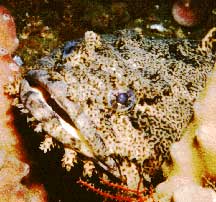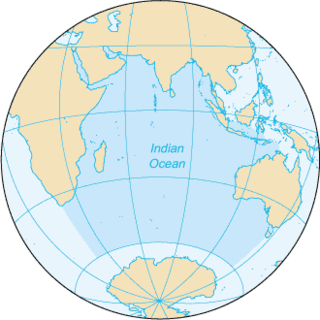
Carp are various species of oily freshwater fish from the family Cyprinidae, a very large group of fish native to Europe and Asia.

Ancistrus is a genus of nocturnal freshwater fish in the family Loricariidae of order Siluriformes, native to freshwater habitats in South America and Panama. Fish of this genus are common in the aquarium trade where known as bushynose or bristlenose catfish. Sometimes, they are called bushynose or bristlenose plecos instead, but this may lead to confusion as "pleco" usually is used for Hypostomus plecostomus and a few of its close relatives but is also classed and or sold as a pleco by most places.

Lathyrus is a genus in the legume family Fabaceae and contains approximately 160 species. They are native to temperate areas, with a breakdown of 52 species in Europe, 30 species in North America, 78 in Asia, 24 in tropical East Africa, and 24 in temperate South America. There are annual and perennial species which may be climbing or bushy. This genus has numerous sections, including Orobus, which was once a separate genus.
Plecostomus, pleco, or plec refers to several species of freshwater loricariid catfish commonly sold as aquarium fish:
Merlin Devere Tuttle, is an American ecologist, conservationist and wildlife photographer who has specialized in bat ecology, behavior and conservation. He is currently active as founder and executive director of Merlin Tuttle's Bat Conservation (MTBC).

The fringe-lipped bat is a leaf-nosed bat from southern Mexico to Bolivia and southern Brazil. It has three subspecies and no known fossils. It is the only species within its genus.

A critically endangered (CR) species is one that has been categorized by the International Union for Conservation of Nature (IUCN) as facing an extremely high risk of extinction in the wild.

The túngara frog is a species of frog in the family Leptodactylidae. Its local Spanish name is sapito de pustulas.

Phyllostominae is a subfamily of bats.

Ancistrus cirrhosus, the Jumbie teta, is a species of armored catfish found in the Paraná River basin of Argentina and Uruguay. This species grows to a length of 8.9 centimetres (3.5 in) SL.

Cirrhinus is a genus of fish in the family Cyprinidae, the carps and minnows. Members of this genus are native to freshwater in South Asia, Indochina and southern China.

The mrigal carp, also known as the white carp, is a species of ray-finned fish in the carp family. Native to streams and rivers in India, the only surviving wild population is in the Cauvery River, leading to its IUCN rating as vulnerable. It is widely aquafarmed and introduced populations exist outside its native range. It reaches a maximum length of 1 m (3.3 ft). This species and Cirrhinus mrigala are considered distinct.

Cirrhinus mrigala is a species of ray-finned fish in the genus Cirrhinus. It is found in northern India, Pakistan, and Bangladesh. This species and the Mrigal carp are both considered distinct.
Indian carp or Indian major carp is a common name for several species of fish and commonly may refer to the following species now raised in aquaculture in South Asia and other Asian countries where they have been introduced:

Semiplotus is a genus of cyprinid fishes found in south Asia.

Sargus is a genus of soldier flies in the family Stratiomyidae. There are at least 130 described species in Sargus.
Barchatus is a genus of toadfish native to the western Indian Ocean, Somalia and the Red Sea.

Blepsias is a genus of sea ravens native to the northern Pacific Ocean.
Ancistrus temminckii is a species of armoured suckermouth catfish in the family Loricariidae of order Siluriformes. It is found in Suriname in the Saramacca River, Suriname River and Maroni River basins. Males grow to about 10 centimetres (3.9 in) excluding tail. It is very rarely imported these days, however individuals of the so-called Ancistrus cf. cirrhosus, a fish of which the origin is unknown, are often sold as A. temminckii. The difference between the two species is that the A. temminckii has a dark spot at the base of its dorsal fin, between the first and the second ray.

Blepsias cirrhosus, the silverspotted sculpin, is a scorpaeniform marine fish in the sea raven family Hemitripteridae, native to the northern Pacific Ocean from the Sea of Japan and Alaska to San Miguel Island off southern California. Its name originates from its elongated, sail-like first dorsal fin; the sailfin sculpin is also a popular subject in public aquariums. The fish exhibits a preying behavior of overrunning its prey, by rapidly accelerating just prior to capture, which it shares with other pelagic species such as Largemouth bass. This differs from other sculpin species that reside near the shore, such as the tidepool sculpin that instead decelerate during prey capture.
















